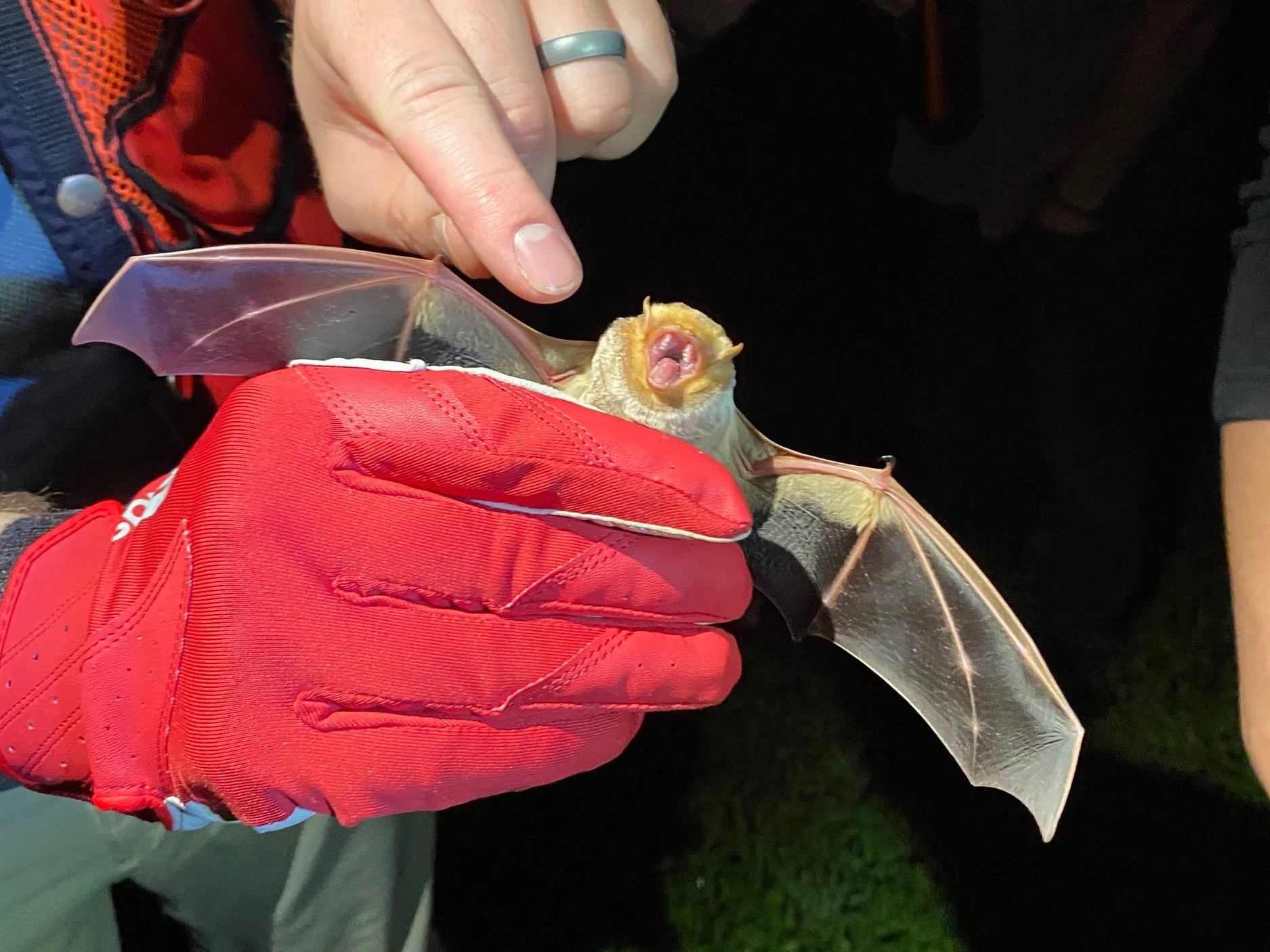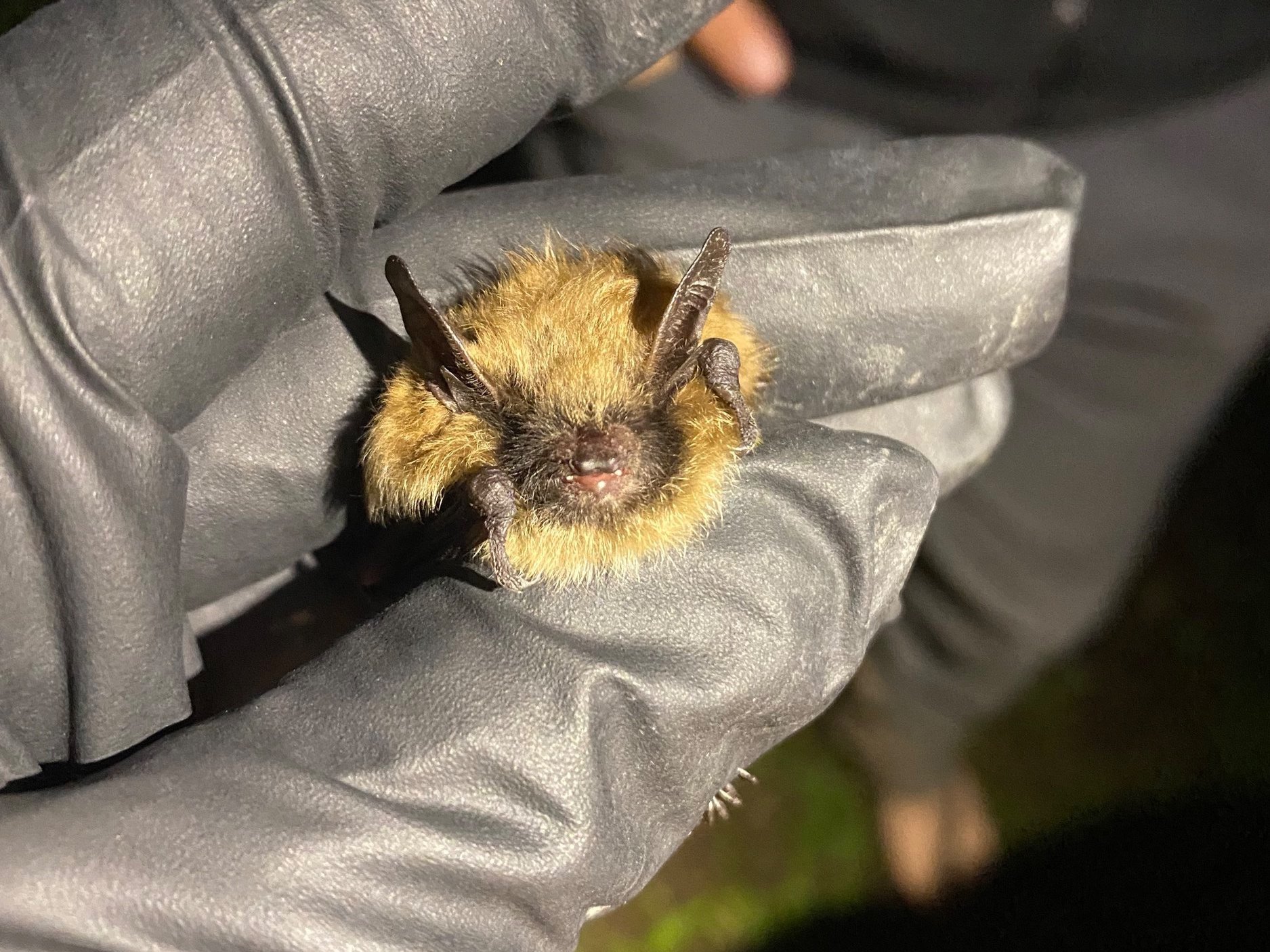Mt. Roger's Fall Naturalist Rally Keynote Speaker: Michael St. Germain
Michael St. Germain currently works for the Conservation Management Institute at Virginia Tech as a wildlife ecologist with a special interest in bat research. He has a Bachelor’s of Science in Wildlife Management from the University of Rhode Island along with a Master’s of Science in Fisheries and Wildlife Conservation from Virginia Tech. His current research is on bat population distributions all over Virginia. He is using a geostatistical model and remote sensing to conduct his research. He will use his extensive bat knowledge as the main topic of his speech at our first ever Mt. Roger’s Fall Naturalist Rally. Mike’s last visit to our campus was with a group of Wildlife students from Virginia Tech. Mike aided these students in finding a few species of bats in the area around our campus. The bats they found were the Big Brown bat, the Eastern Small-footed bat, and the Eastern Red bat. These are just three of the 17 different species of bats found in Virginia.
Big brown Bats (Eptesicus fuscus) are the largest bat species in Virginia. They can be identified by their sheer size alone and their uniform brown color. They can be found all over Virginia feasting on insects. They usually live alone, but have been known to form maternity colonies in the summertime. These colonies can be found in old buildings and caves.
Eastern Red Bats (Lasiurus borealis) are smaller than Big Brown bats and can be identified by their red fur. They also have a red fur tail that can be used to wrap around themselves, similar to a jacket, during the cold winter months. They are also the only sexually dimorphic species of bats in Virginia, meaning that their males and females look slightly different. The difference is that the female fur isn’t as vibrant as the male fur. These bats can also be found all over Virginia feasting on insects. Instead of forming maternity colonies, these bats produce offspring alone in the trees.
Eastern Small-footed Bats (Myotis leibii) are the smallest bat in Virginia. They can be identified by their small size, brownish gold fur, and black face and wings. They typically feed on insects as well. They can be found in caves along the western part of Virginia in the mountainous regions. Like the Big Brown bats, they also form maternity colonies in the springtime.
If you’re interested in hearing more about bats of Virginia, sign up for the rally on our website and stay tuned for more rally updates to come!



